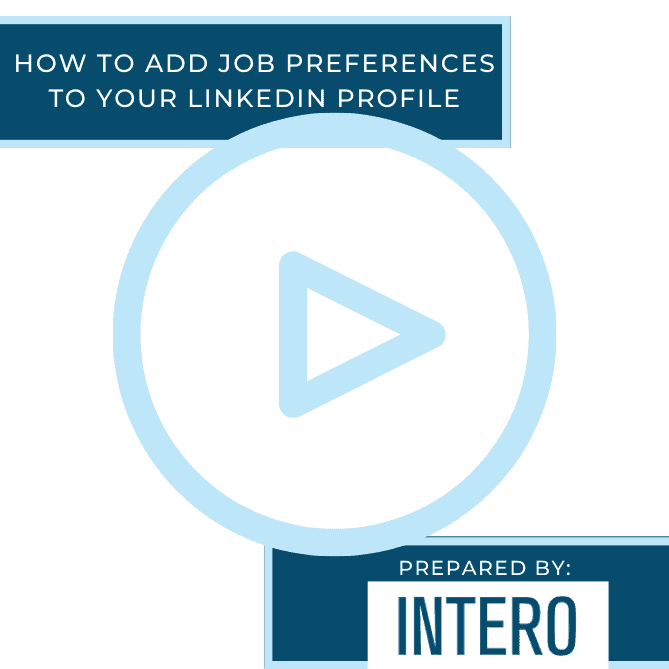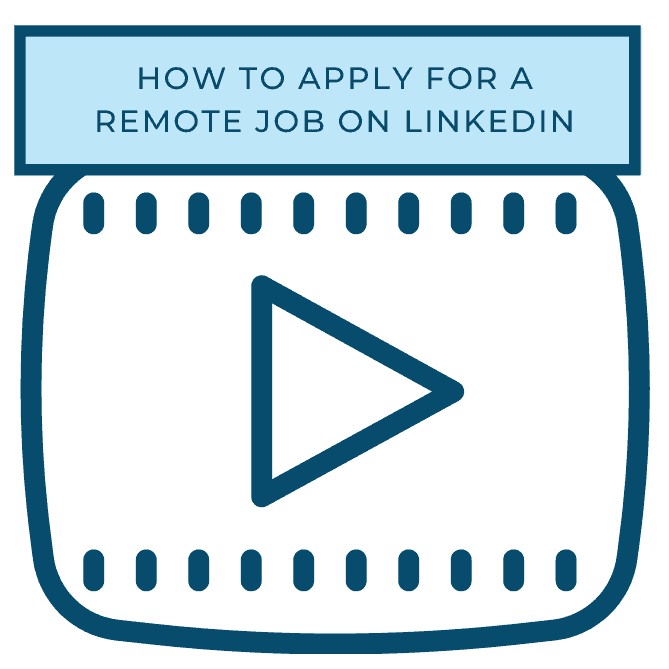
It’s a new year and for some that means looking for a new position, and for others a new career. Realize that looking for a job can be a full-time job in itself, so be prepared to invest a concentrated amount of time and energy into what is a significant endeavor. I talk with people all the time about finding a new job, especially as it relates to LinkedIn. I’m not a career coach or HR professional, but I talk with a lot of people on both sides of the job hunt; those looking for great talent and those seeking positions. The next few posts are based on my experience, my research, and what I hear from talking with HR professionals and job seekers.
In this and the next two posts, I’d like to journey through some key areas I think you need to consider if you are about to mount a job search:
◦ How to prepare your LinkedIn presence so you will be found
◦ How to strengthen and leverage your LinkedIn network to increase your job opportunities
◦ How to use LinkedIn to research jobs, companies and people
More than 84 percent of companies of all sizes now use LinkedIn as their top recruiting tool. Why? LinkedIn’s network of more than 259 million members (three people join per second) is filled with individual talent at all levels and across all industries and sectors. The majority of LinkedIn members are at least beginning to realize the value within the network for finding talent, branding themselves and their organizations and seeking new positions. (If you’ve missed some of our earlier posts on using LinkedIn to find experienced talent, check them out.)
Plan before you act
Sometimes we forget the obvious, don’t we? If you have decided to look for a new job—especially if you find yourself suddenly out of work—the natural instinct is to immediately start applying for as many positions as possible. But you’ll be better served to slow down and create a plan. I talk with professionals all the time about job hunting—just the other day I was talking with a recruiter who is considering his own job search and when I asked a couple of questions, it was clear that although he was ready to think about a new position, he had not begun to put his plan together.
The plan doesn’t have to be complicated. Start by answering the following questions:
1. Do I like what I am currently doing?
- If yes, write out why you do it and why you like it to solidify it in your head.
- If not, write out why not so you can better understand it.
2. Is my current industry growing, flat, or shrinking?
- How competitive is it?
- Are there ample job opportunities? Someone who wants to be in social media, IT, analytics, etc, is going to see more potential job opportunities than someone in more a mature industry like printing, general marketing, newspapers etc.
3. Am I qualified for a jump up in levels or am I looking for a lateral move?
4. What are my top skills?
- List them.
5. What skills are in demand today in my industry?
6. Do I need to further my education, take classes, add any certifications?
7. What type of culture do I prefer and fit in the best?
- Casual
- Traditional
- Small or large
- Start up or mature
8. What shape is my resume and digital presence in?
- Go to LinkedIn Labs and click Resume Builder, build and edit your resume from there.
9. Who are the influential people in my field?
- Do I know them?
- Do you have connections who can introduce you?
10. Who are the influential people in my various networks (break your networks down)?
- Professional
- Friends and neighbors
- Faith-based
- Sports-related
- Parents of friends
- Children of friends
- Special interest groups (hobbies)
- Are there any patterns and/or people that fall into multiple categories?
11. What do I look like in each of the digital platforms that I use?
- Blogs
- Klout
- about.me
- Is it cohesive?
12. What is someone going to see if they Google me?
- Is that what I want them to see?
- If not, how am I going to change this?
Public or private job search
As you think about your job search, decide whether you can be public about it or whether you need to be under the radar. This is critical to think about — you don’t want to lose your current job by suddenly doing a lot of updates (especially online updates) and raising the curiosity of your current employer. Your plan will need to be different depending on how public you are able to be about your search.
A transition time is always a good time to take a skills or work behaviors assessment. The ultimate goal is not to just get a good job but to find a job where you are contributing at a high level and you are in your optimum zone, working from your strengths, talents and skills. You are less likely to burn out in the next position if you find the right job with the right people and culture.
In a time of transition, you need to create more than just a resume, you need to create a marketing plan for yourself and that means taking a holistic approach to your search. Understand what you are going to do in the first 30, 60 days and how you will measure your success.
Luckily, there are lots of resources on the topic of job transition. Here are a sampling of good resources I have gathered including:
- The Big Leap by Gay Hendricks (Just read this last weekend, great read.)
- The Start-up of You by Reid Hoffman and Ben Casnocha
- Drive by Daniel Pink (Want to know what motivates you? Read this book.)
- The Undercover Recruiter (just recently found this blog, great resource)
- There are a large number of LinkedIn Groups to consider related to recruiting
So, grab a notebook, a legal pad, login to Evernote or whatever your favorite note taking app is and let’s get to work. If you are feeling a bit daunted, keep moving, there’s work to be done, so let’s get started. Start with three questions, answer them, then move onto the next three.
In our next post, we will detail how to prepare your LinkedIn presence to be found easily and hopefully often. See you next week.
Don’t forget to download our resources including “10 Ways to Amp Up Your LinkedIn Profile” to help jumpstart for our next post.





